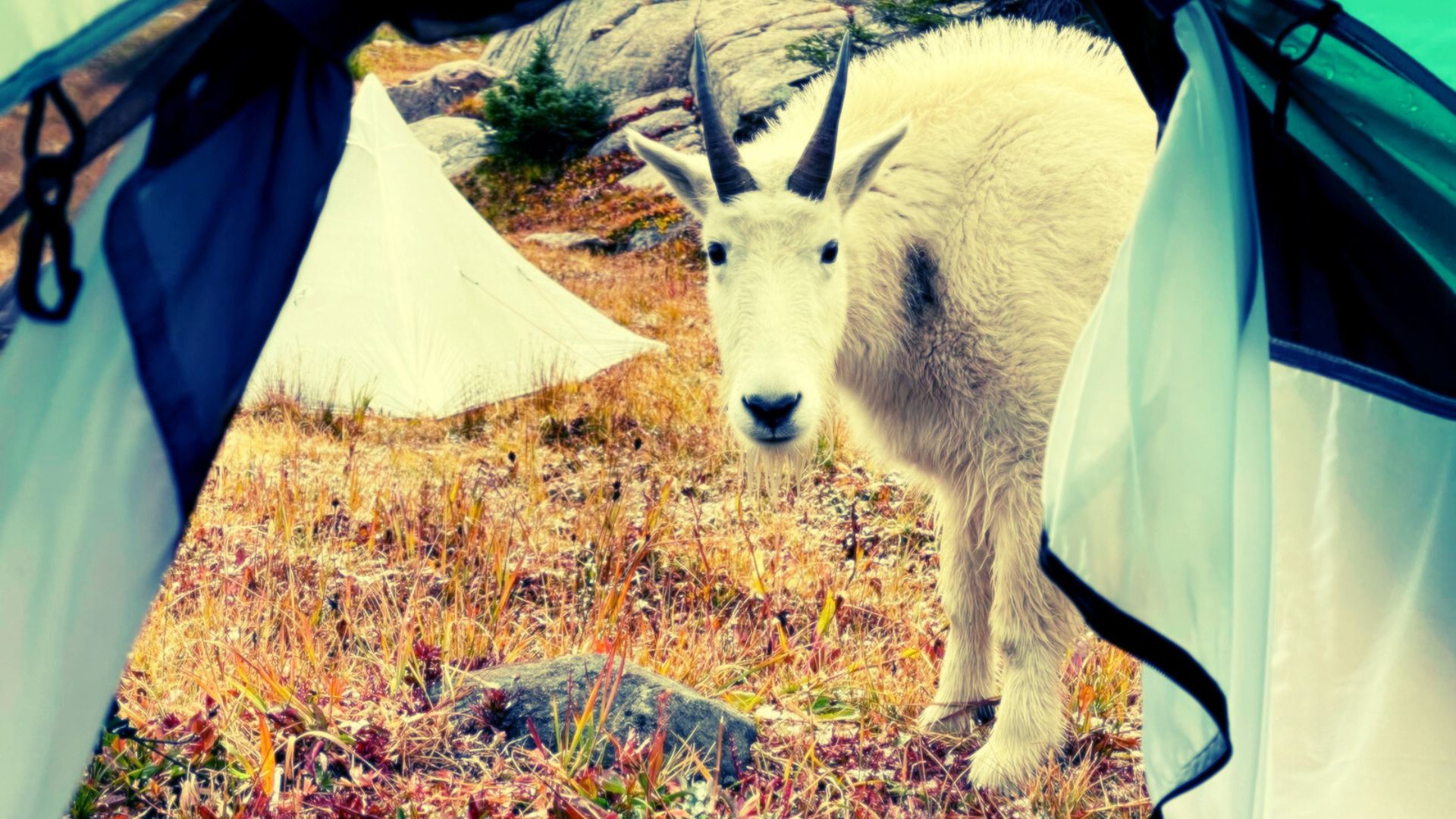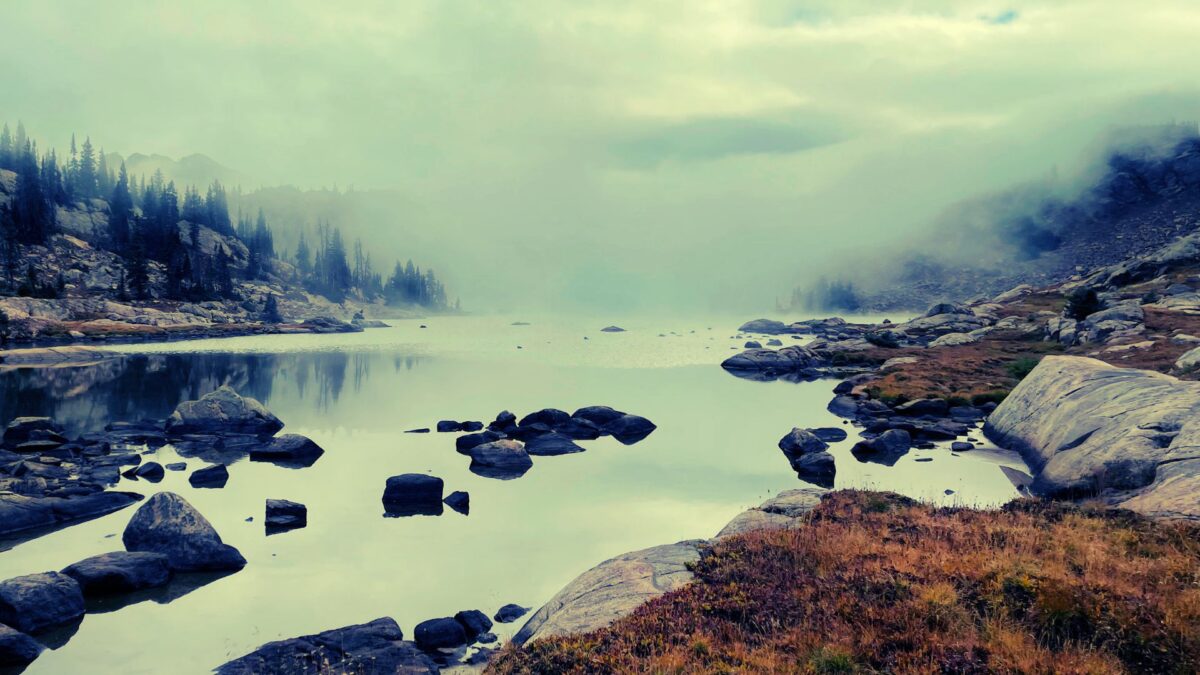About this story: This is a narrative photo essay about a fall trek in the Rocky Mountains of central Colorado. It includes a few dozen photographs, a narrative account of the trip, and field and gear notes about our route and equipment choices.
I leaned back in my backpacking chair and for the first time in 96 hours, felt relief instead of anxiety.
We were at the tail end of our route, with the only remaining puzzle piece an unknown bushwhack. We had to figure out a last-day bushwhack descent of nearly 4,000 vertical feet from the tundra bench where we were camped on our final night down into the spruce forest and the footpath to our exit trailhead. I knew how to bushwhack, and knew that one doesn’t reverse course once the thrashing begins. It can be its own kind of hell but it’s not eternal and is always a good reminder that some experiences must be earned.
But for now, that was tomorrow’s problem.
Warm afternoon sun, a curious goat, and 360-degree views of Colorado’s most remote and rugged mountains would provide the moment’s elixir as I reflected on the past four days.
Finding solitude is no easy feat in a state with six million people who are addicted to a so-called outdoorsy lifestyle.
Colorado boasts an embarrassing amount of world-class hiking destinations: the Colorado Trail, Maroon Bells, Collegiate Peaks, and Rocky Mountain National Park to name a few. Full trailhead parking lots, limited access permits, and human-clogged vistas are a normal part of the hiking experience for those who want easy, accessible terrain with Instagrammable scenery.
But that wasn’t what we were looking for.
If you ask my son and wilderness partner in crime Chase what we want out of a trek, you’ll understand that “off the beaten path” constitutes our primary trip planning principle.
While poring over maps, Chase found one Wilderness area in particular with high alpine terrain and a notable lack of online trip reports.
“What’s it like?” I asked.
“No trails, big mountains, lots of talus.”
I built an AI-agent that scraped online forums and articles to build a database of user sentiment for off-trail travel in the range we were looking at.
The agent wrote me back with this summary:
This range isn’t well-known as a hiking destination, but many users report varying levels of success using off-trail approach routes to alpine lakes and mountaineering objectives that are seldom attempted. Negative user sentiment (etymology) includes “difficult“, “sufferfest”, “tedious”, and “steep”. Positive user sentiment includes “rewarding” and “beautiful.” Feelings of awe, remoteness, and solitude are commonly reported.
Count me in.

Member Exclusive
A Premium or Unlimited Membership* is required to view the rest of this article.
* A Basic Membership is required to view Member Q&A events




Home › Forums › Off the Beaten Path in the Colorado Rockies